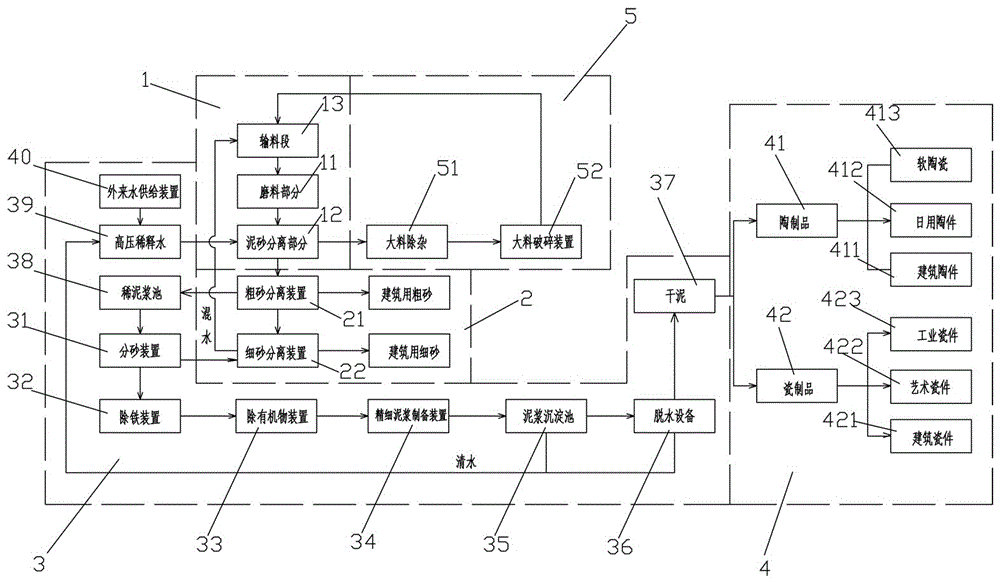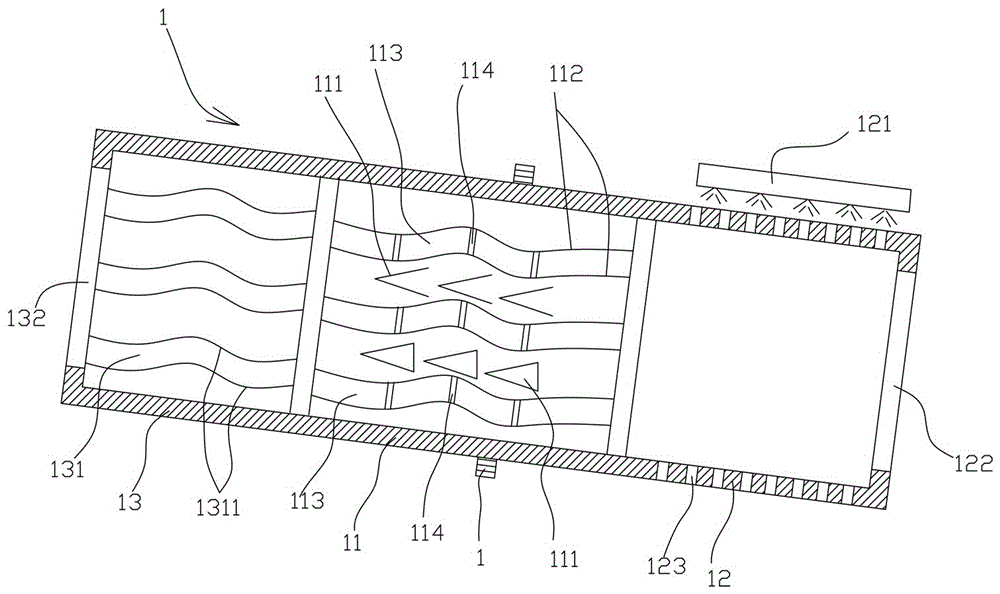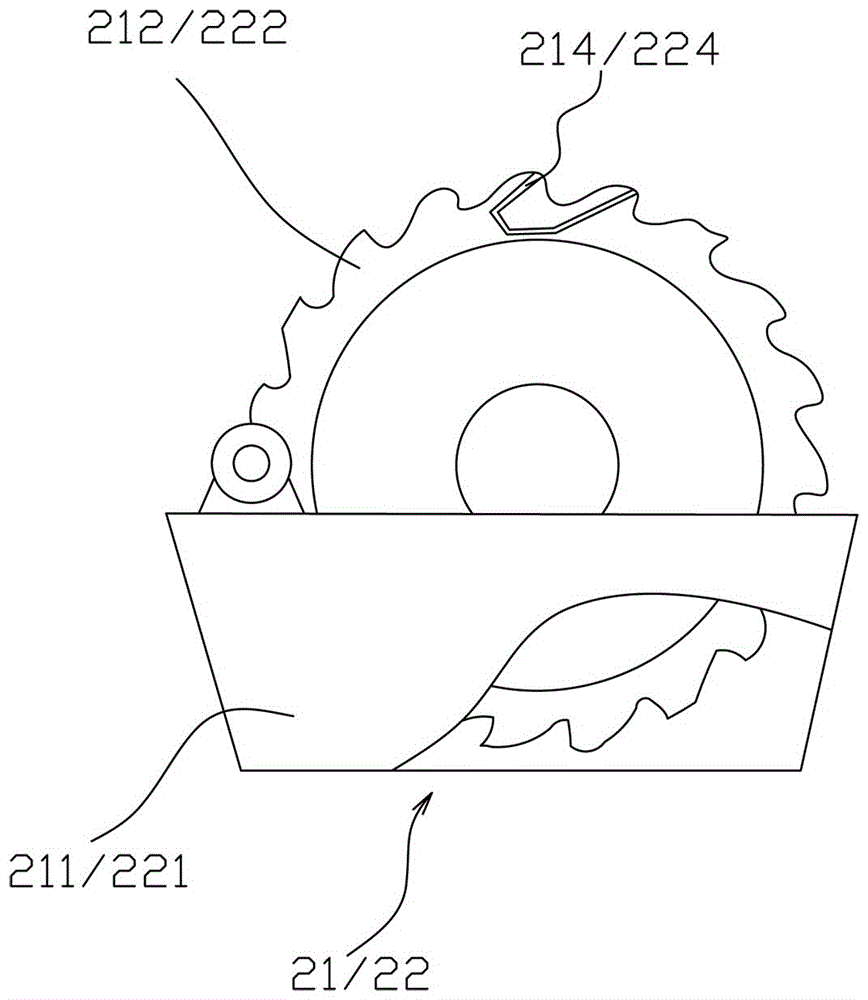System for industrially treating silt residue soil
A technology of silt, silt and sand, which is applied in the field of slag treatment systems, and can solve problems such as man-made losses, man-made landslides, casualties and property losses
- Summary
- Abstract
- Description
- Claims
- Application Information
AI Technical Summary
Problems solved by technology
Method used
Image
Examples
Embodiment 1
[0046] Example 1: 80% of soil, 20% of soil modifier, mixed evenly, and further mixed in an internal mixer at a temperature of 130-150 degrees Celsius to form;
Embodiment 2
[0047] Example 2: 85% of soil, 15% of soil modifier, mixed evenly, and then further mixed in an internal mixer at a temperature of 130-150 degrees Celsius to form;
[0048] Implementation: 3: The soil is 90%, and the soil modifier is 10%, mixed evenly, and then further mixed in an internal mixer under the condition of 130-150 degrees Celsius, and it can be formed;
[0049] As for the soil modifier, it can be mixed with 5-8 parts of cellulose, 1-3 parts of urea and 6-10 parts of ethylene-vinyl acetate copolymer;
[0050] For example, it can be made by mixing 5 parts of cellulose, 1 part of urea and 6 parts of ethylene-vinyl acetate copolymer; it can also be mixed with 7 parts of cellulose, 2 parts of urea and 8 parts of ethylene-vinyl acetate copolymer It can also be mixed with 8 parts of cellulose, 3 parts of urea and 10 parts of ethylene-vinyl acetate copolymer.
[0051] The cellulose in the present invention can be hydroxyethyl cellulose, hydroxypropyl methyl cellulose or h...
Embodiment 3
[0083] The abrasive member 111 can be made of the following high carbon iron alloy, which is composed of 16% by weight of titanium, 6% of carbon, 3% of silicon, 3% of lead, 8% of tungsten carbide, 0.3% of copper, 5% of boron, and 5% of chromium. , the remainder is iron.
[0084] The difference between the above alloys is that copper is generally considered a harmful element for iron alloys and cannot be used, but the present invention greatly improves the iron-titanium alloy by adding copper element and tungsten carbide into the iron-titanium alloy. Wear resistance.
[0085] Abrasive parts of the present invention and the comparison test method and results of the wear resistance of iron and titanium alloys purchased on the market:
[0086] Test method, using device, ML-10 abrasive wear testing machine, 200# corundum sandpaper, balance of 1 / 10,000 precision. The sample speed was 180 rpm, the normal load force was 750 N, and the time was 4 hours.
[0087] test results:
[00...
PUM
 Login to View More
Login to View More Abstract
Description
Claims
Application Information
 Login to View More
Login to View More - R&D
- Intellectual Property
- Life Sciences
- Materials
- Tech Scout
- Unparalleled Data Quality
- Higher Quality Content
- 60% Fewer Hallucinations
Browse by: Latest US Patents, China's latest patents, Technical Efficacy Thesaurus, Application Domain, Technology Topic, Popular Technical Reports.
© 2025 PatSnap. All rights reserved.Legal|Privacy policy|Modern Slavery Act Transparency Statement|Sitemap|About US| Contact US: help@patsnap.com



